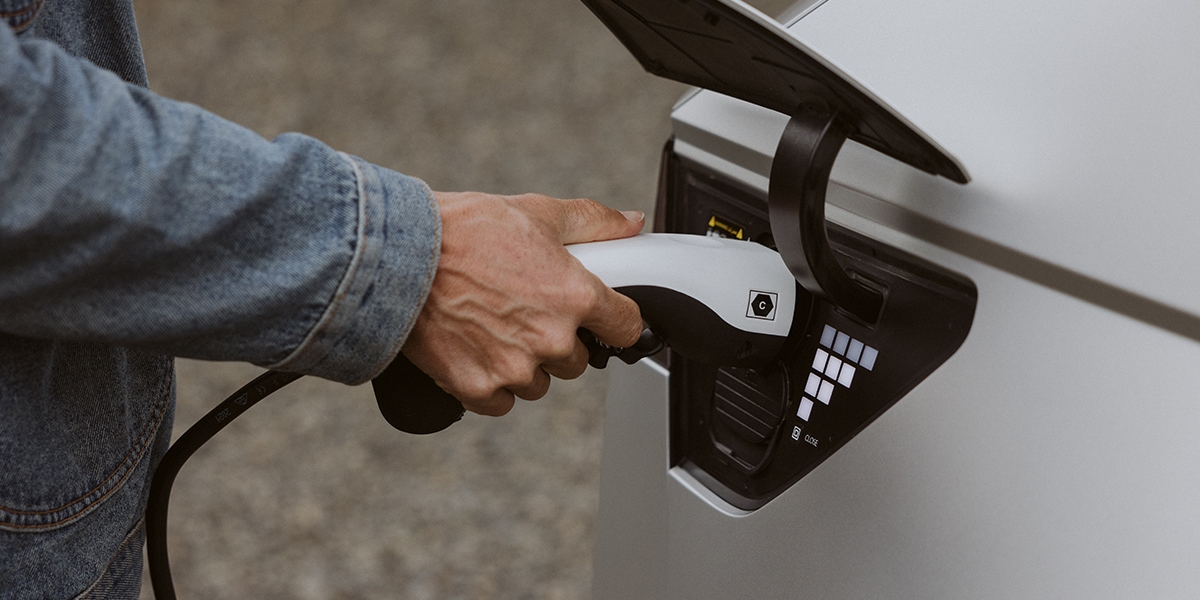
Electric Vehicles
Electric Vehicles Explained
An EV is short for ‘Electric Vehicle’. EVs are vehicles that are either partially or fully powered on electric power and come in many options, including BEV, HEV and PHEV.
EV vehicles have lower running costs than petrol vehicles as they have fewer moving parts for maintenance. They are also environmentally friendly as they use little or no fossil fuels (petrol or diesel).
The standard for the modern EV battery is lithium-ion batteries, as they have greater longevity and are incredible at retaining energy.
The key differences between an EV and internal combustion engine vehicles are:
- No petrol
- No exhaust
- No clutch or gears
- No spark plugs
- Very little noise
What do the EV letters mean?
BEV (Battery Electric Vehicle) Fully electric vehicles are powered only by electricity and do not have a traditional internal combustion engine (ICE).
HEV (Hybrid Electric Vehicle) This vehicle has two engines, an electric motor and a combustion engine. The electric motor stores energy every time you brake, which you can then use in combination with the combustion engine when you’re going slow or idling. HEVs can’t run on the battery power alone, unlike a PHEV.
PHEV (Plug-In Hybrid Electric Vehicle) This vehicle has two engines, a combustion engine and an electric motor, similar to HEVs but different. With PHEVs, you can use the electric or combustion engine or both.
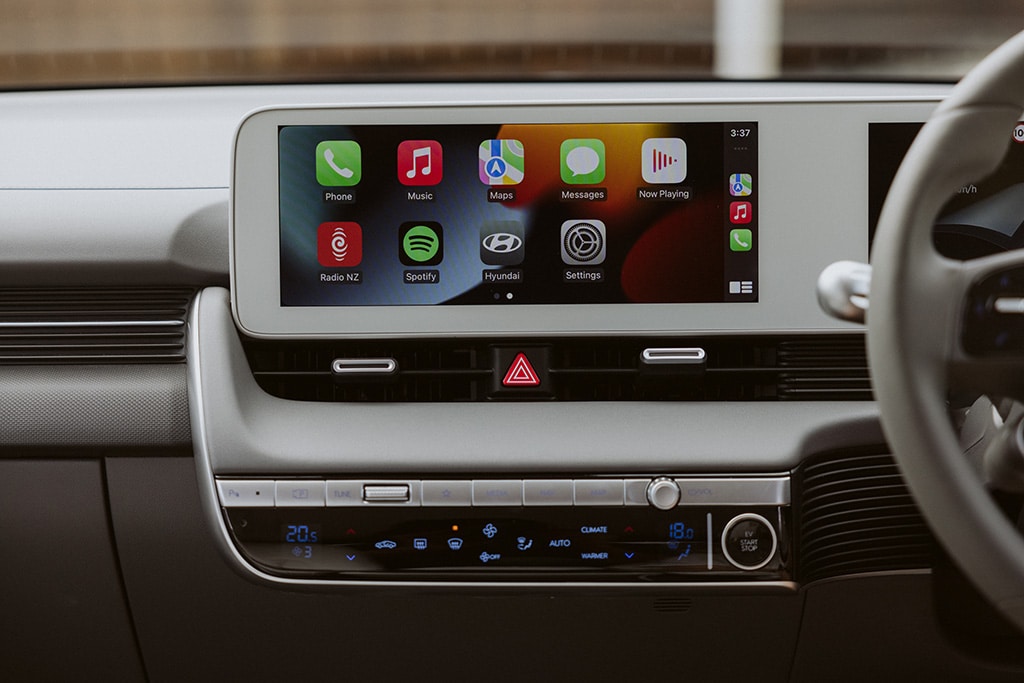
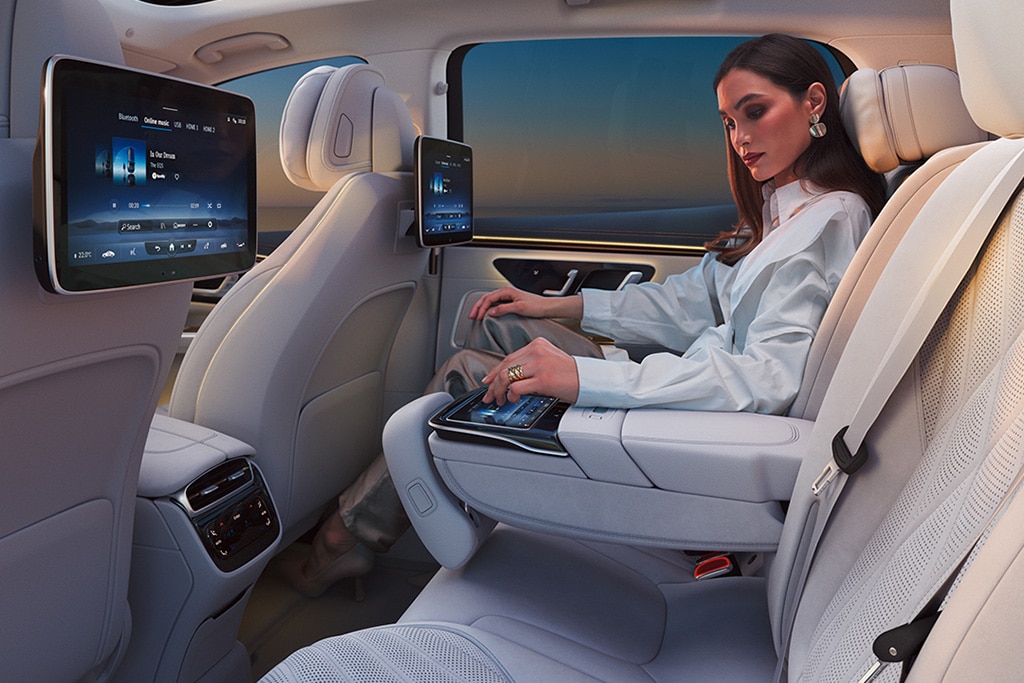
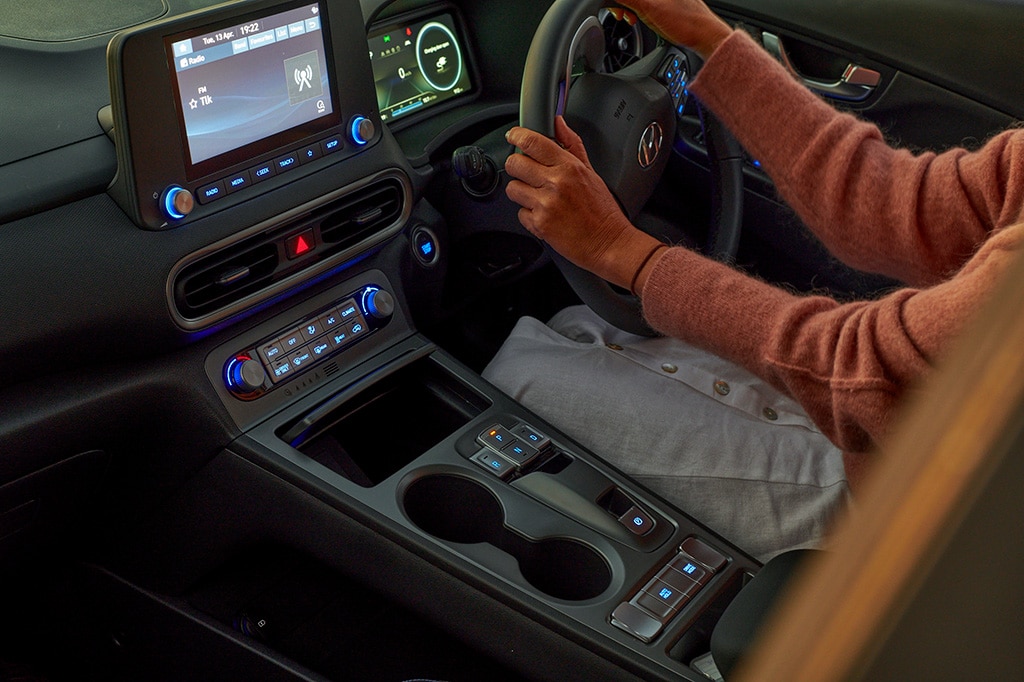
Benefits of a Battery Electric Vehicle
Battery Electric Vehicles (BEV) are typically referred to as an ‘EV’. They have many benefits over Hybrids and PHEVs.
The main attraction is that BEVs benefit the environment more than other cars since they don’t use any fossil fuels, therefore reducing a person’s carbon footprint. This is increased even more if you charge your EV using electricity from a renewable energy source.
An EV will also provide you with an extended battery range (vs an HEV or PHEV) – over 500km in some models. With no petrol costs and fewer moving parts, EV’s tend to have reduced running costs, making them an attractive option for many buyers.
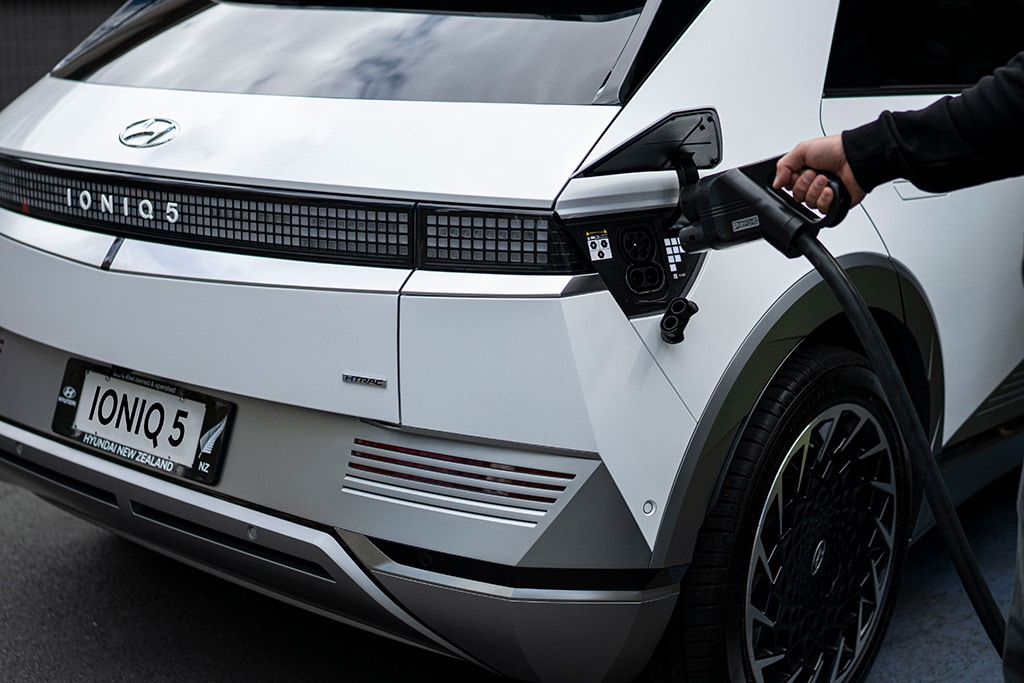
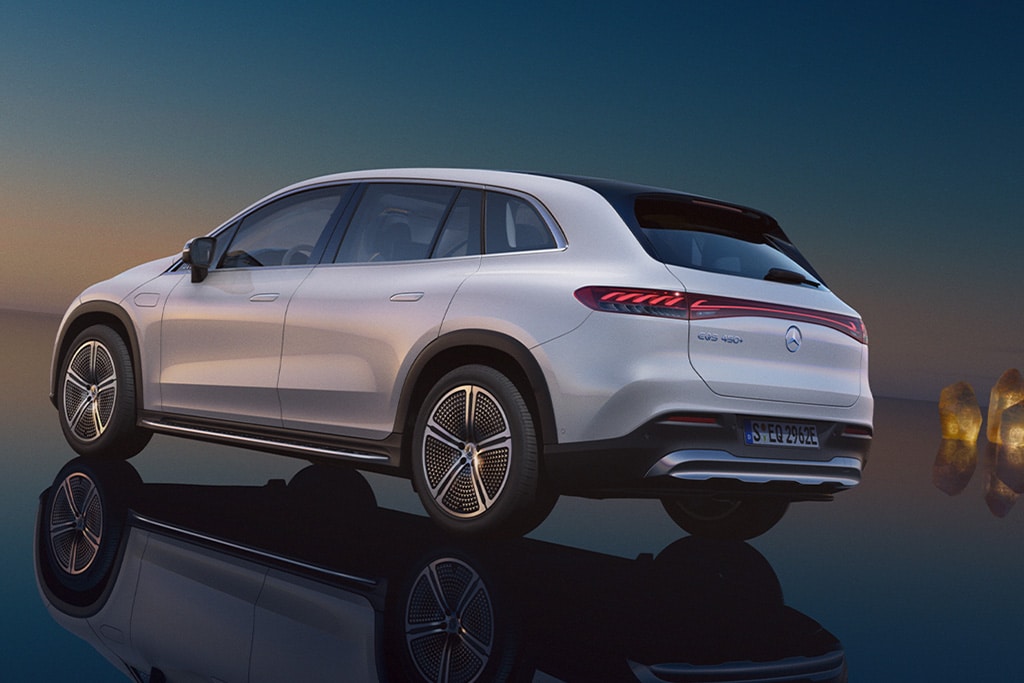
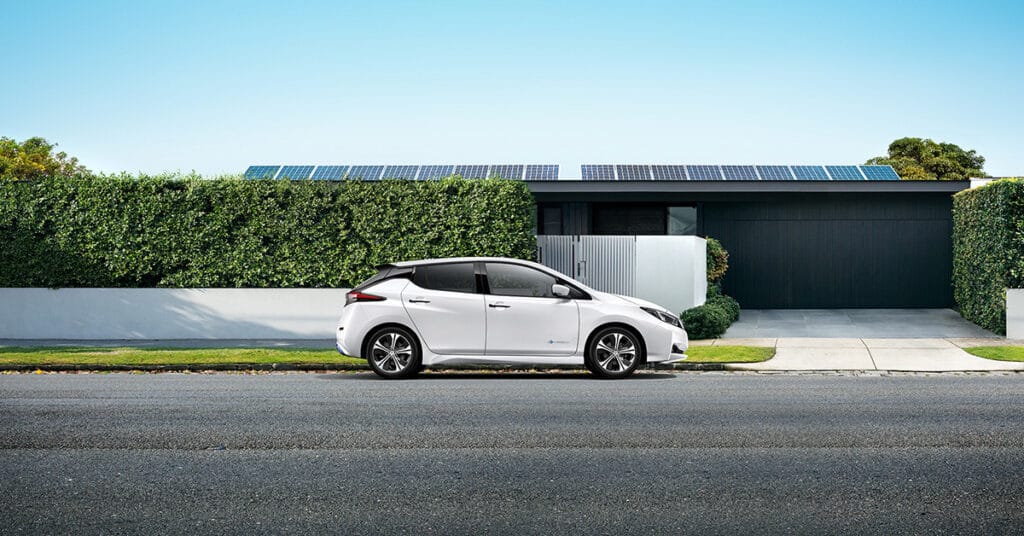
Benefits of Standard Hybrid Vehicles
Standard conventional hybrids are very similar to regular fossil fuel-powered cars. The key difference is internal. The car can recharge its batteries by reclaiming energy through regenerative braking or while driving on engine power. Older hybrid models are unable to be plugged in. Hybrids deliver a better fuel economy compared to non-hybrid, gas engine vehicles.
Hybrid Models are equipped with both a petrol engine and an electric motor.
They work together with the support of a lithium-ion polymer battery to deliver maximum efficiency and inspiring performance while also delivering excellent fuel economy to cut down on emissions.
Hybrids will be able to seamlessly switch between the petrol engine and the electric motor – sometimes utilising both at the same time. They are a great option when you want the best of both worlds.
Benefits of Plug-In Hybrid Models (PHEV’s)
PHEV’s use batteries to power an electric motor and either petrol or diesel to power an internal combustion engine (ICE). PHEV batteries can be charged by multiple means (at home, by the ICE, or through regenerative braking). PHEV’s also work with a gas engine and an electric motor, but the way that energy is distributed is different compared to standard hybrid models.
A PHEV will primarily run on its electric motor until it’s depleted, and then the combustion engine will take over. Rather than having two engines working simultaneously, PHEV’s use the gasoline engine as a “backup” when the electric engine is out of charge. The distance travelled while operating solely on the battery is known as the vehicle’s electric range. However, once that limit is reached, you’ll need to plug your car in to regain battery power.
Since you can pre-charge your vehicle, many plug-in hybrid cars offer the range you need to run errands around town or take your commute on pure battery power, allowing you to save gas for longer trips. Using a PHEV, you can reduce your CO2 emissions by 80% for the time the car is running on its electric battery. PHEVs are a great way to reduce your carbon footprint.
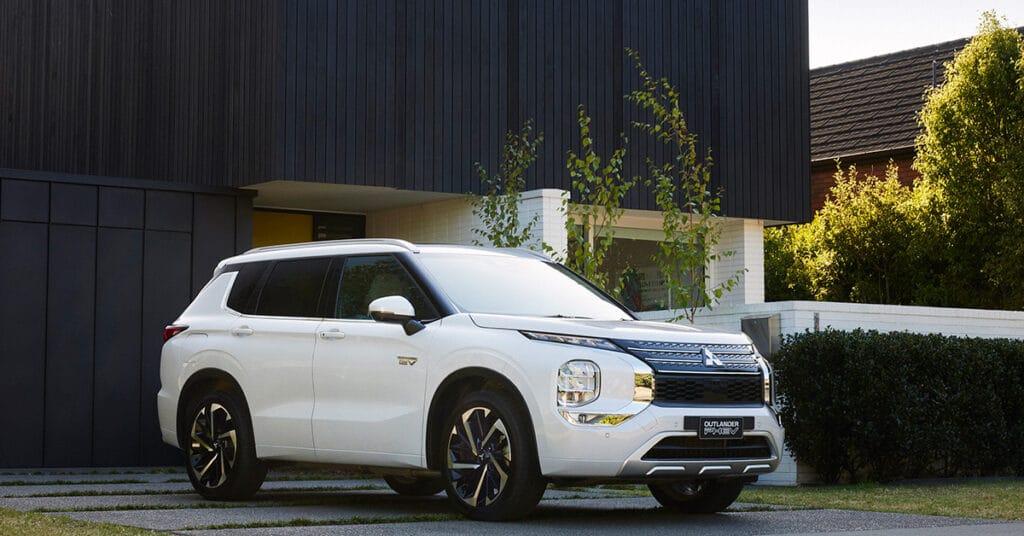
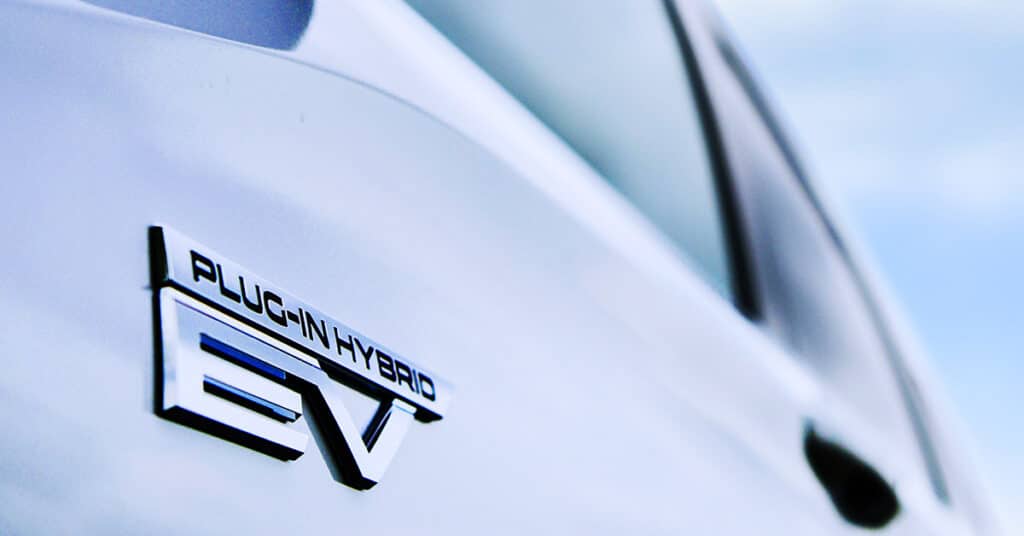
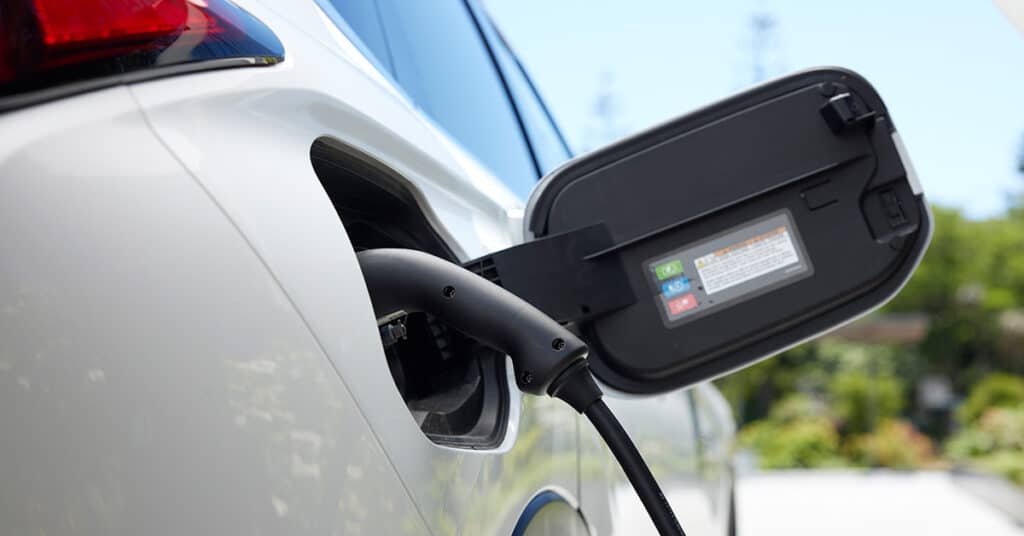
Hybrid vs. Plug-in Hybrid:
What’s the key differences between a hybrid and a PHEV? We’ve listed the main differences between these vehicles below:
- Standard hybrid vehicles rely on their gas engines to keep their batteries charged as you drive.
- Standard hybrid vehicles use their gas and electric motors interchangeably to maximise their fuel efficiency.
- Plug-in hybrids use a larger battery that is charged with a 120-volt or 240-volt outlet at your home. They also have a “backup” gas engine.
- Plug-in hybrids use electric power until it’s depleted, then switch to the gas engine.
EV Charging
Charging your electric car can be done at home, at work or at a public charging point, depending on your choice of EV.
However, there are different rates, charging speeds, voltages, battery sizes, ranges, and connectors, so we can only provide a summary.
How much does it cost to run an electric car?
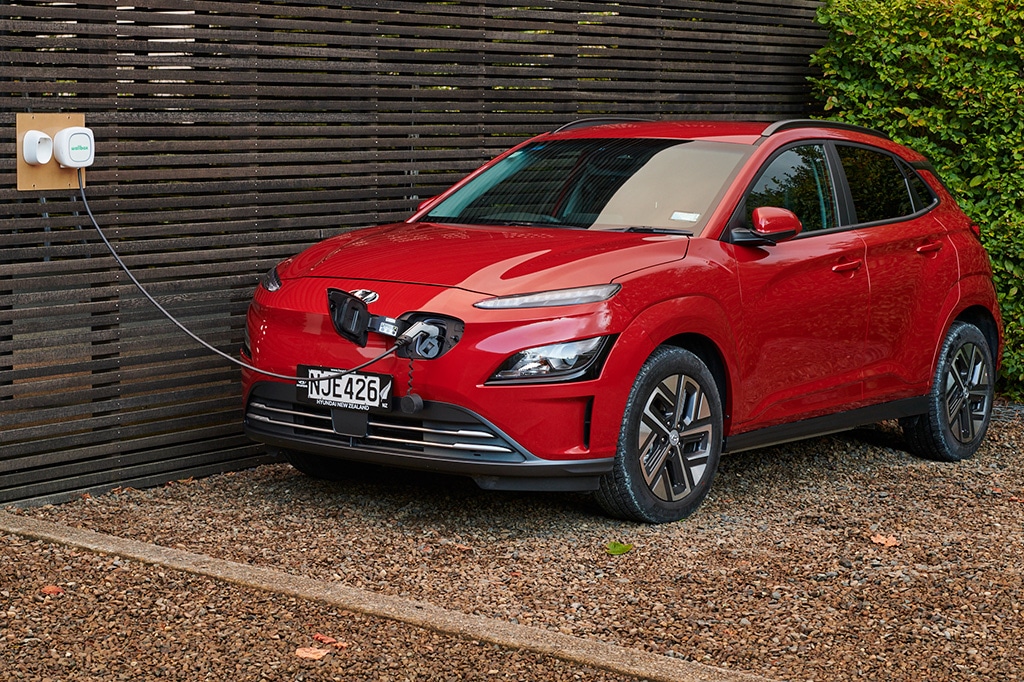
Charging at home
The most economical way to run your EV is to charge at home off-peak (this will be dependent on your electricity plan). That’s when the demand for electricity is at its lowest across New Zealand — so it’s cheaper and may also be generated by sustainable sources like hydro, geothermal and wind.
Charging at home off-peak is like buying petrol at around 40c/litre, depending on your electricity retailer^^.
Charging on the road
There are public chargers at least every 75km on most of New Zealand’s state highway network and are more readily available in the major cities. You’re almost never too far from your next charge, and the charging network is growing all the time, with a focus on covering major routes and increasing the numbers available. There are typically two types of chargers:
- Fast chargers — Ideal when you need a full charge quickly. They can add around 100km of range to the battery in 20-30 minutes. They typically cost about $10 per 100km. Many plug-in hybrid EV can’t use them^^.
- Slow chargers — Best used when you can park and do other things, eg your shopping. Charging is usually free and can take many hours. You will find them at places like shops, hotels and tourist attractions. You may need to supply your own power lead.
Environmentally friendly
EVs produce almost 80% less CO2 emissions than petrol or diesel vehicles and 60% less CO2 emissions across their lifecycle***. EVs are an excellent choice for New Zealanders as much of our electricity is from renewable sources. Renewable electricity makes up around 80% of our supply, and total electricity generation accounts for only around 4% of our carbon emissions****.
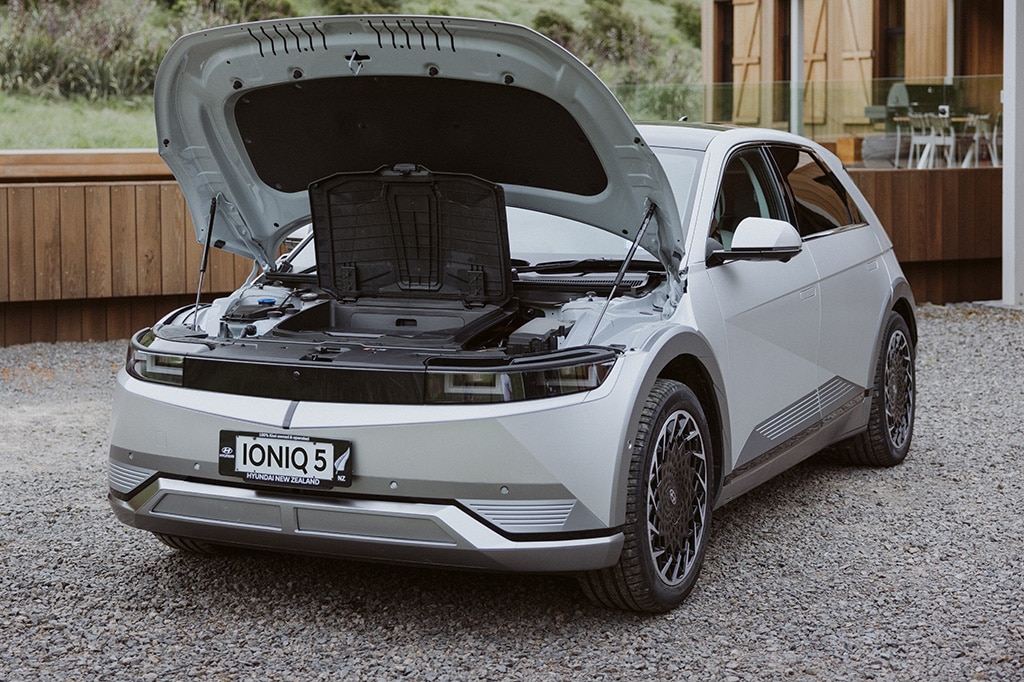
Driving an EV
When driving an electric car, the first thing you’ll notice is the silence. No gearbox means their acceleration is smooth and steady. Apart from a subtle noise when accelerating, the only sound comes from the wind and tyres. The acceleration is smooth and fast but not jerky, like a typical (ICE) car.
One of the things you will notice is how an EV brakes when you let off the gas. This is called regenerative braking. You can easily change this setting from “standard” to “low”.
Driving an electric vehicle is very similar to driving a regular ‘gasoline’ car and nothing like driving a gasoline-powered car at the same time. It is a fun and enjoyable experience, complemented with many safety and convenience features.
Performance of an EV
Electric motors have good acceleration from a standstill and their top end speed is getting higher all the time.
That means there’s no need to rev the motor for swift acceleration, unlike a petrol or (to a lesser extent) diesel car. It’s also why cars like the Mercedes-Benz EQS are regularly breaking 0-100kph records.
Manufacturers have flexibility when it comes to packaging electric drivetrains. Mounting battery-packs close to the floor lowers the centre of gravity which means EVs often handle well.
Electric car range
The driving range of EVs has increased dramatically over the past few years. New EVs typically have ranges of 240km, with higher-end models providing you over 600 km, with concept models reaching astronomical ranges of 1000km^^^. Whereas older EVs, even those just 3 or 4 years old, are more likely to have ranges of around 150 km’s. But with the average car trip in NZ around 10 km, any EV would be suitable.
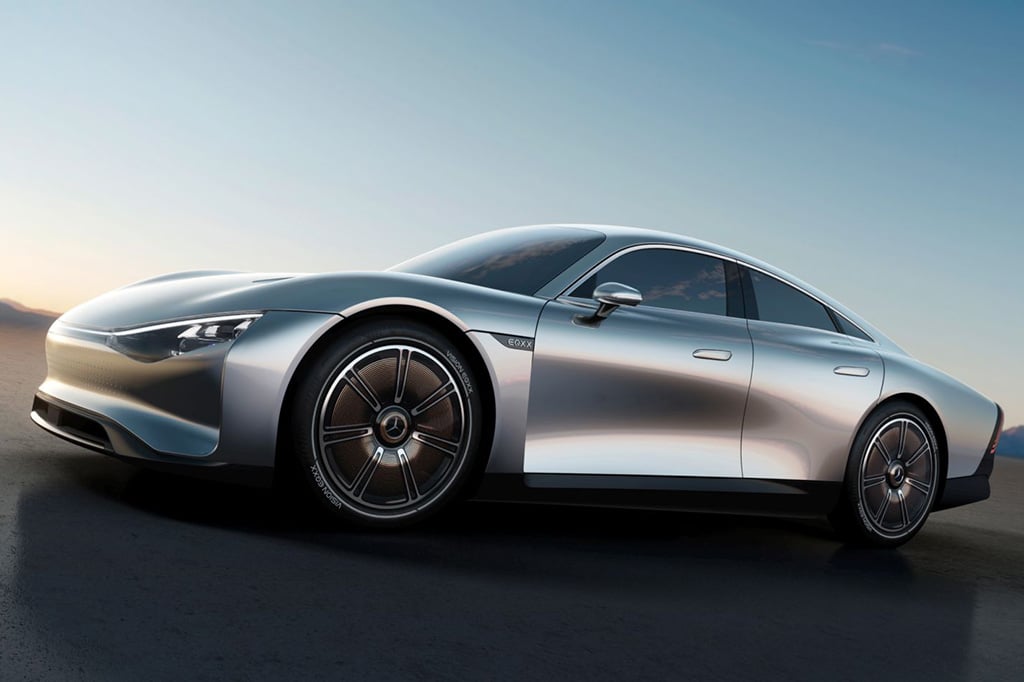
Warranty
Due to the advancement in battery technology, many car manufacturers offer a separate warranty to cover the EV battery, providing new car buyers with confidence and reassurance. New EVs typically have between a seven and 10 year warranty on the battery, including:
- Mercedes-Benz: High voltage batteries in electric and plug-in hybrid vehicles are covered for 8 years or up to 160,000kms.
- Kia: Vehicles that are powered by a high-voltage drive battery come with a 7-year / 160,000 km warranty.
- Mitsubishi: The Li-ion Drive Battery is covered by an 8 year or 160,000km Warranty.
- Hyundai: 10 year / 160,000 km high voltage battery warranty.
- Nissan: 8 year / 160,000 km high voltage battery warranty.
Please visit the manufacturer’s website for full details.
For the rest of the car, the length of warranty depends on the manufacturer – ranging from three years and 60,000 miles to seven years and 100,000 miles.
***https://www.eeca.govt.nz/insights/eeca-insights/lifecycle-assessment-of-electric-vehicles/
****https://genless.govt.nz/
^https://www.nzta.govt.nz/vehicles/clean-car-programme/clean-car-discount/
^^ https://genless.govt.nz/for-everyone/on-the-move/consider-electric-vehicles/charging-an-ev/
^^^ https://www.mercedes-benz.com/en/vehicles/passenger-cars/concept-cars/vision-eqxx-the-new-benchmark-of-effiency/
- Information on this page was correct at the time of production, but due to technology advancements and changing models, information may become out of date. Always refer to our dealership team for the latest information or visit the manufacturer’s website.
